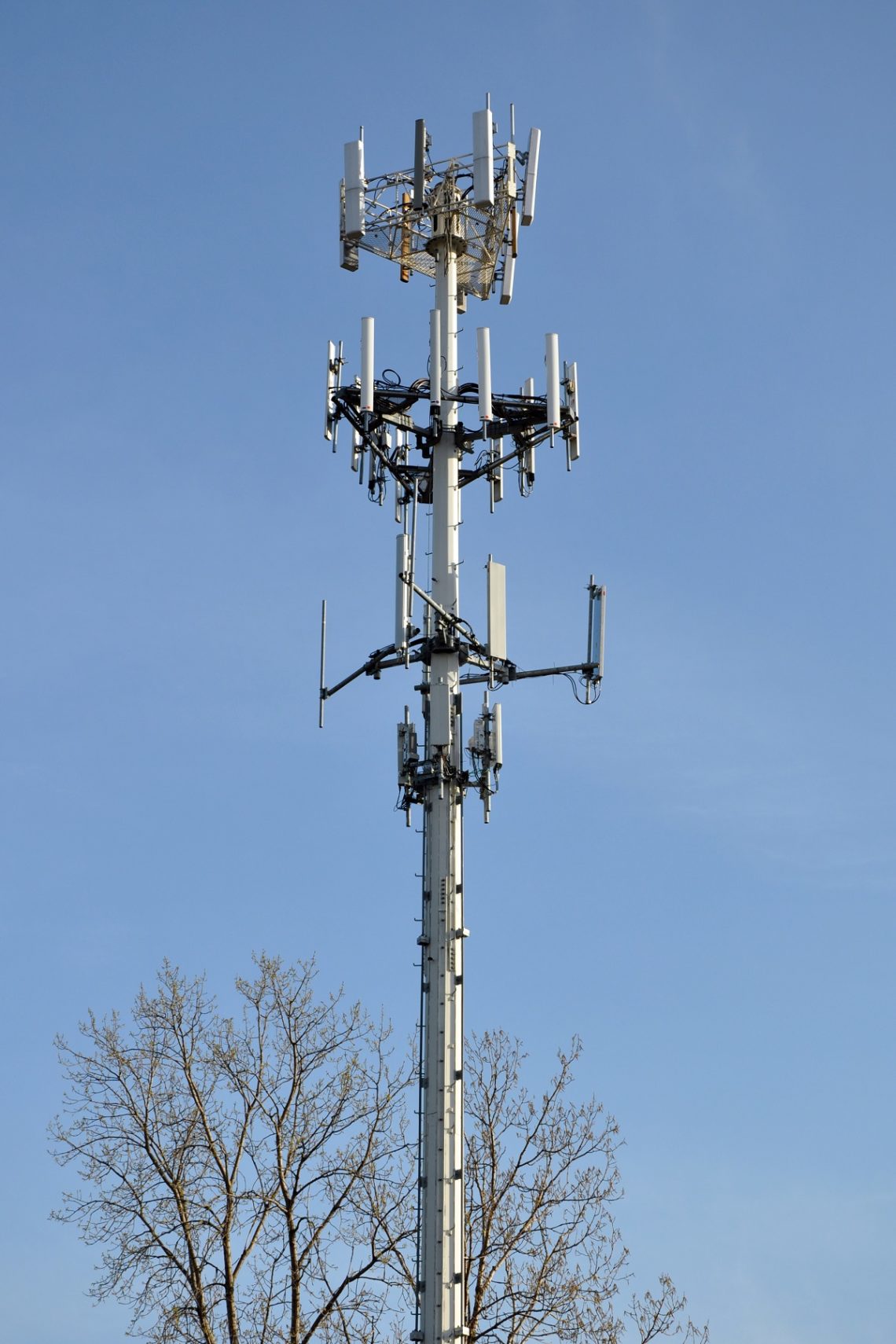If you've ever been through a city and spotted tiny mini 5G cell towers placed on poles for street lighting. They look like little boxes however, they're actually transmitting wireless signals from cellular providers to your mobile.
The smaller ones are being replaced by larger specially-designed cell towers. While they're not as noticeable but they can still create problems for those who live nearby.
It is the of the FCC's Radiation Exposure Thresholds
The FCC's Radiation Exposure Thresholds define the safe limit at which an individual can be exposed to electromagnetic radiation from wireless devices. The exposure limits are based on research that prove that electromagnetic energy can cause harm to health.

The absorption rate specific (SAR) is a measure of the radiofrequency energy that is taken up by tissues. It's usually 1.6 Watts per kilogram spread over a kilogram of tissue.
Since 5g is able to transmit at higher frequencies and has the potential to increase the intensity of energy on the skin and other exposed body areas. This could result in a wide range of possible harms, like the formation of skin disorders such as dermatitis and cataracts and skin cancer.
Due to the possible harmful effects of radiation from 5G, PSU has chosen to create a general maximum power density of four mW/cm2 measured across 1 centimeter, and not to exceed 30 minutes for the entire 5G spectrum at 3000 GHz. This localized limit is in accordance with the peak SAR that is spatially averaged at 1.6 W/kg, which is averaged over 1 grams of tissues at six GHz.
The FCC's Maximum Exposure Thresholds for Maximum Exposure
If you've ever operated a cell phone, you probably know that the safest location from the tower should be at least 400 meters away. This is due to the power of the transmission of cell towers increases drastically the further the tower is.
While this sounds like an ideal idea but the truth is that people who live close to towers may actually be more vulnerable to health issues. For example, a study from 2014 in India found that residents living within 50 meters of cell towers experienced significantly more health complaints than those who were distance from them.
But, the study showed that residents who moved to areas further away from cell towers experienced their symptoms improve within a few days. Other studies have shown that exposure to high amounts of electromagnetic field radiofrequency (EMFs) could cause brain tumors, cancers as well as other health issues.
This is due to the fact that RF radiation, which is utilized for wireless communication, has the ability to penetrate the human body's outer layer, which is the skin. It is crucial to know because the skin acts as a barrier to protect against mechanical injury, infection caused by pathogenic microorganisms and the entry of harmful substances. Additionally, it is the largest organ in the human body. what is a safe distance from a 5g cell tower is responsible for keeping the integrity of the other organs.
The FCC's Minimum Exposure Thresholds for the Minimum Exposure
The FCC's Minimum Exposure Thresholds are based on a variety of assumptions that aren't supported by scientific evidence. They include the false belief that exposures to RF radiation are safe because of the minimal absorption into body (i.e. thermal heating of tissue).
The assumption is also ignoring the greater penetration of ELF elements of modulated radio signals, as well as the effects of brief bursts of heat from pulsed RF waves. These assumptions do not correspond with current knowledge of the biological effects of RF radiation, and thus they shouldn't be used for health protective exposure standards.
Additionally to safe distance to live from cell phone tower , ICNIRP and FCC are limiting their radiation limits for local peak SARs based on the peak spatial specific absorption rate (psSAR) that is not a reliable dosimetric instrument for determining the level of radiation exposure. Particularly, psSAR is inaccurate when frequencies exceed 6 GHz. Additionally, psSAR hasn't been evaluated for RF radiation exposed to other environmental agents , such like sunlight. In the event of interactions, RF radiation with other agents in the environment could produce synergistic or antagonistic impacts. This would result in an increased risk of negative health effects. For safe distance from cell tower , co-exposure to RF radiation and sunlight could raise the chance of skin cancer, and may also exacerbate other skin diseases such as acne.
